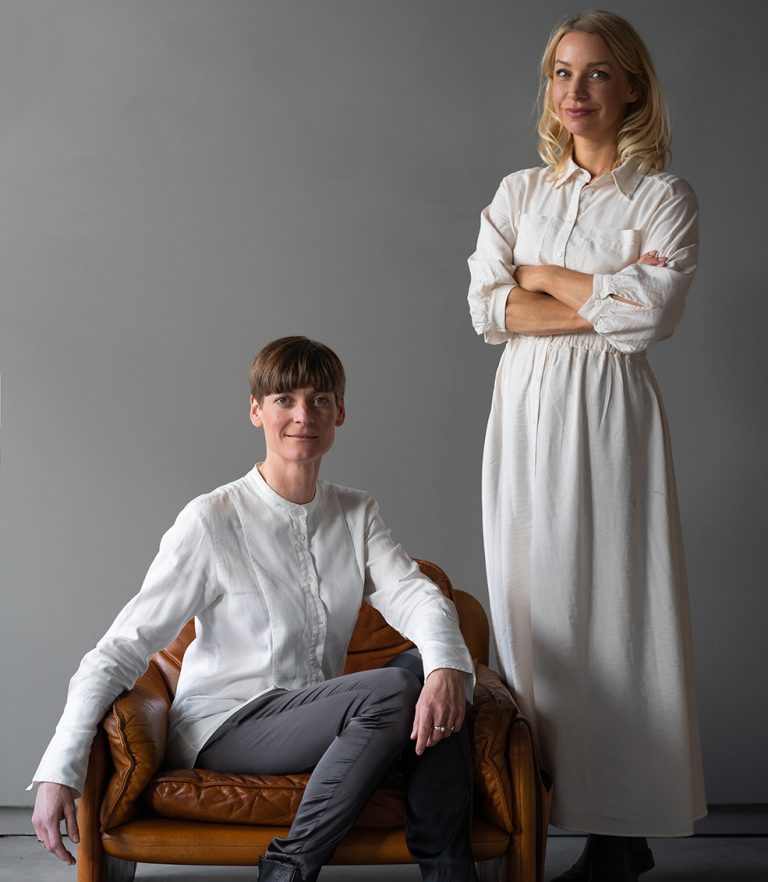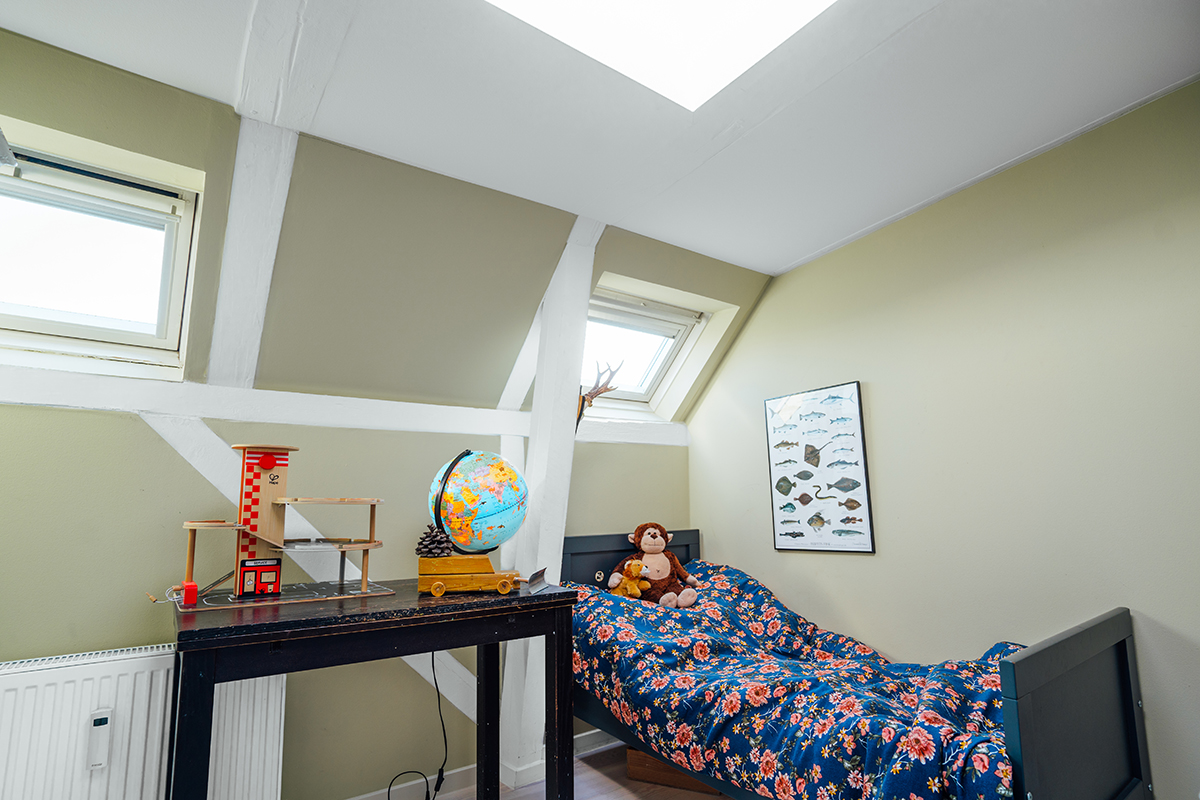Good indoor climate in the children's room
The children's room is often one of the rooms in the home with the worst indoor climate, and this can have consequences for the youngest in the family.
Studies show that it is especially at night that the problem is worst. But what does the poor indoor climate mean for your child, and what does it mean that there is a high content of CO2 in the air? A high CO2 level is a sign of a poor indoor climate and can therefore indicate that the air has not been replaced adequately. Research shows that there is a correlation between the CO2 level and sleep quality. If the CO2 level is too high, it can have negative consequences. Children are particularly vulnerable to a poor indoor climate, as they are still developing. It is therefore important to focus on what can be the cause of a poor indoor climate and how you can change it yourself. Chemicals, dust and particles contribute to a bad indoor climate in the bedroom. This can lead to poor sleep, headaches, allergies, fatigue and difficulty concentrating, which can ultimately impair the child's ability to learn. But it is actually quite simple to get a better indoor climate in the children's room. The Bolius Knowledge Center has given some advice on how you can improve the indoor climate yourself.
7 good tips for a better indoor climate in the children's room
1. Ventilate for 10 minutes three times a day. It is especially important that you air out before your child goes to sleep. In this way, your child will get a better night's sleep.
2. Keep the door to the children's room open at night. If the door to the children's room is open, the air will mix with the air from the rest of the home. This can reduce the CO2 level. Bolius recommends that the door should preferably be more than 20 cm. open.
3. Wash bedding every 14 days and shake pillows and duvets regularly.
4. Remember the vacuuming. As children spend a lot of time on the floor, it is important not to skip vacuuming.
5. Pay attention to the toys. New toys can off-gas chemicals, so be sure to wash or vent them before use. In addition, you should be aware that plastic toys that were bought before 2007 may contain hormone-disrupting phthalates. When buying a new toy, you should therefore check whether it is CE-marked, as toys that are not CE-marked do not meet the safety requirements.
6. Like toys, paint also offgasses. Therefore, pay attention to what type of paint is used for the children's room. It is important to ventilate well after painting. You can advantageously look for Swan and eco-labelled paint.
7. If possible, it is recommended to place electronics, clothes and toys in another room, as these dissipate both gases and chemicals.
Would you like to know more about indoor climate, sustainability, interior design, or are you just Curious about what Behavioral Architecture is?
So don't hesitate to send us an email or call to arrange a coffee meeting.

Contact
Frederikke Aagaard
Email: faa@togetherarchitecture.com
Phone: +45 28 47 85 45
Anne Marie Tommerup
Email: amt@togetherarchitecture.com
Phone: +45 42 77 01 93
